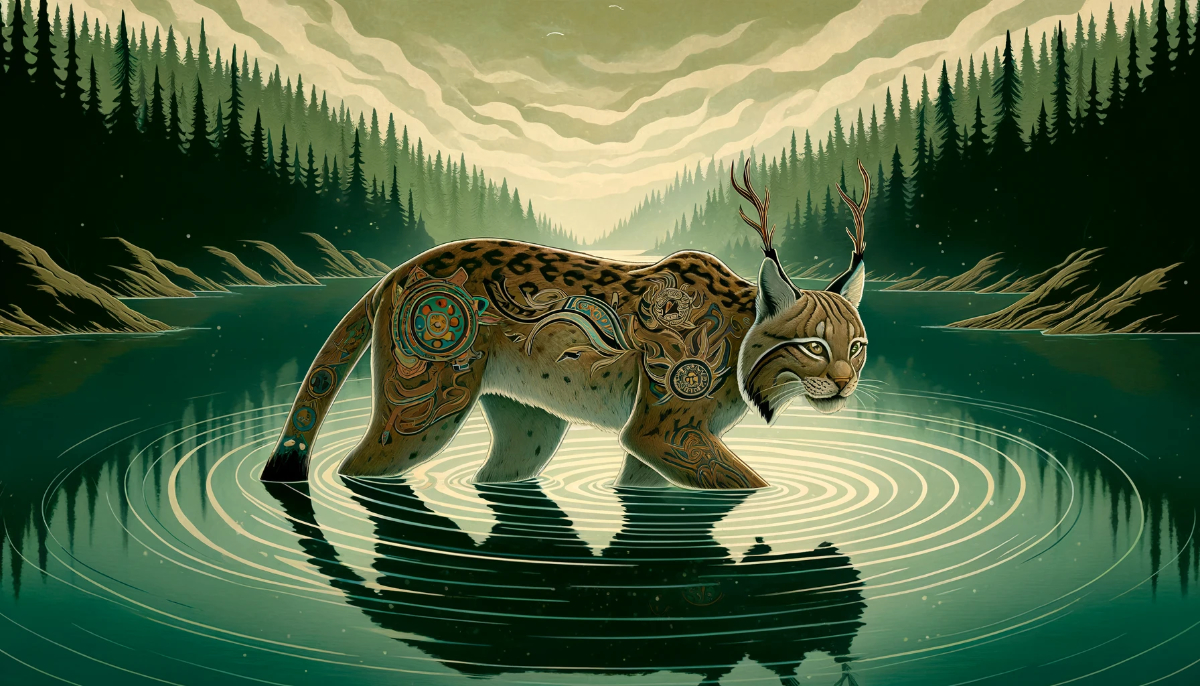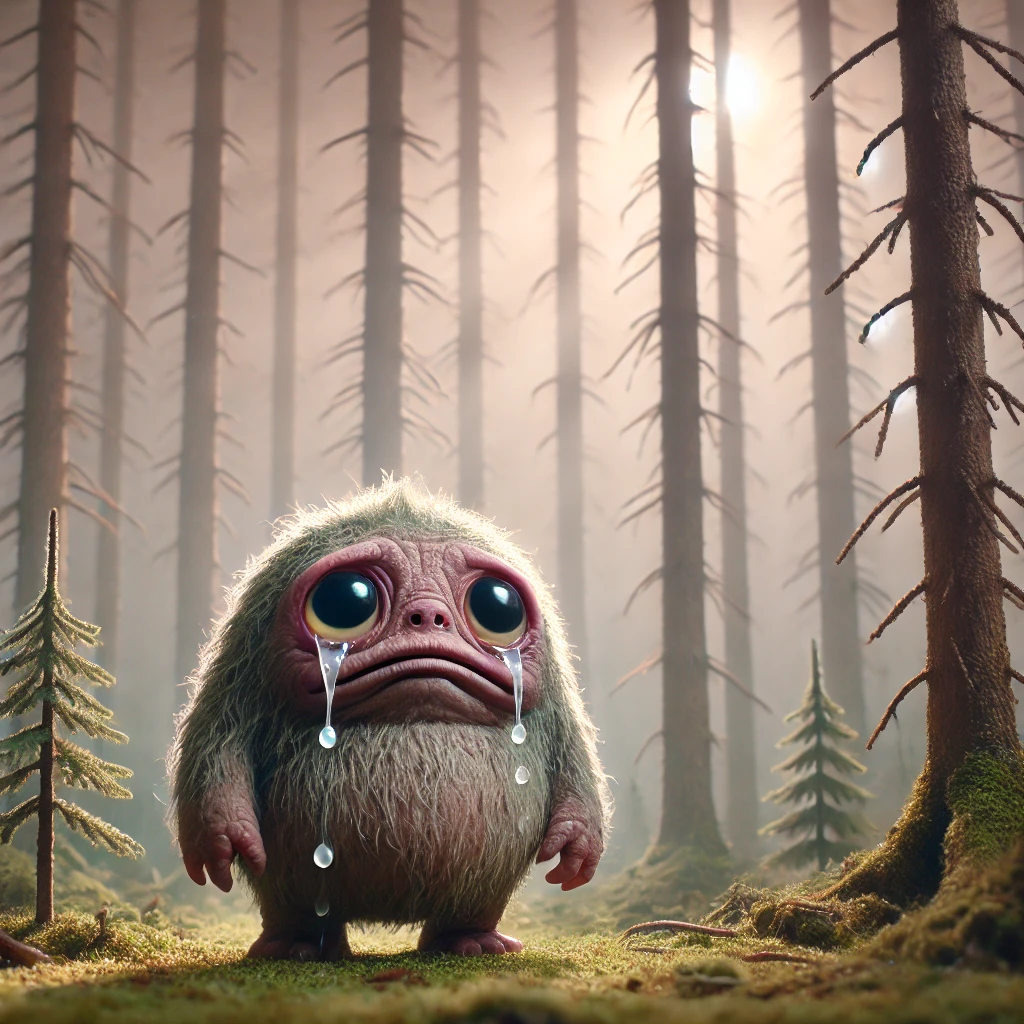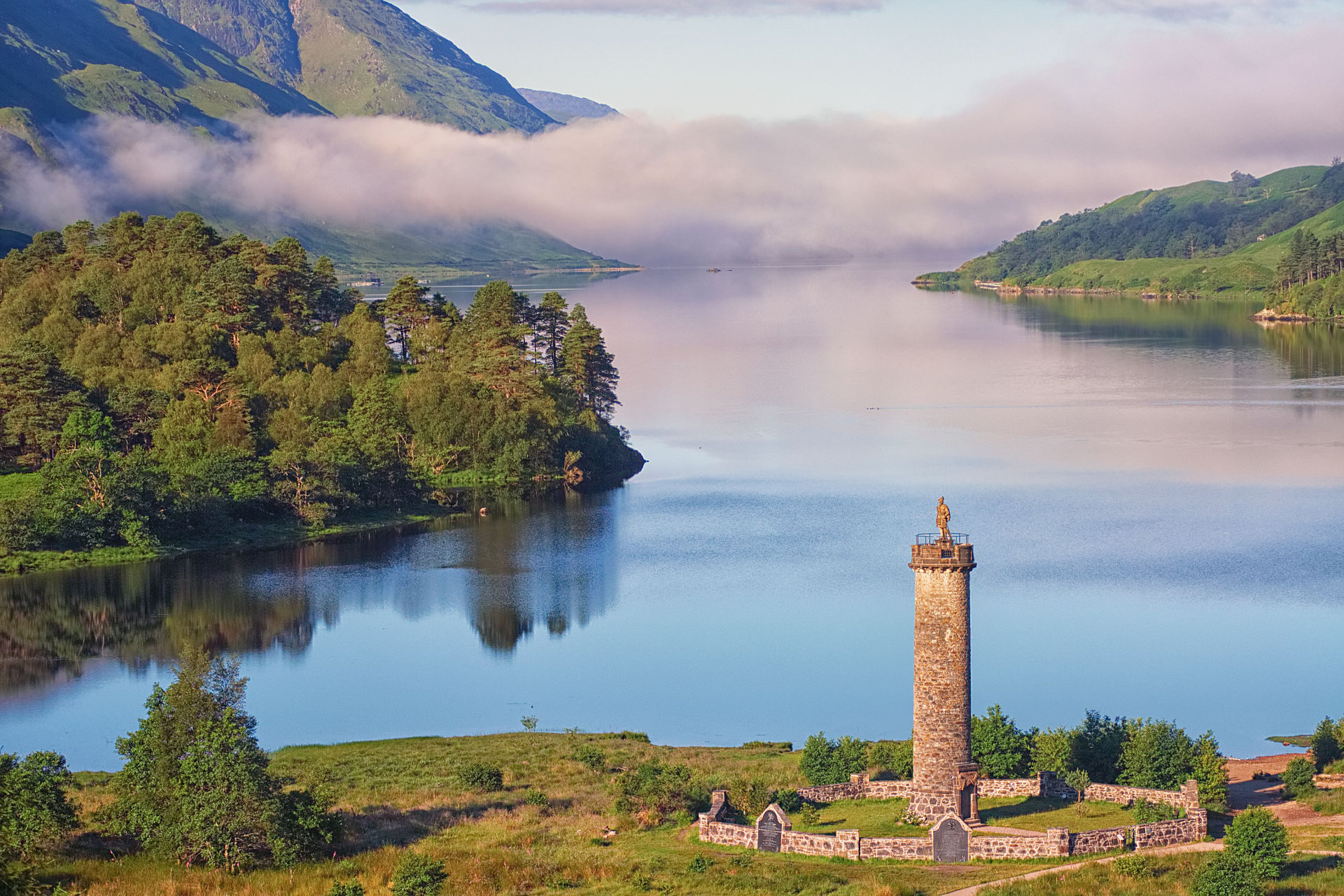Deep beneath the surfaces of North America’s lakes, legends tell of massive creatures that have captured human imagination for centuries. These dark waters hold more than just fish and folklore—they harbor stories that blend indigenous wisdom, settler accounts, and modern mystery. From the cold depths of Lake Champlain to the murky waters of Lake Okanagan, these lakes have become focal points for both skeptics and believers, spawning serious investigations, tourism industries, and enduring cultural traditions.
Ancient Water Spirits
Long before European settlers arrived in North America, indigenous peoples maintained rich oral traditions about powerful water spirits and serpentine beings dwelling in deep lakes. These weren’t simple monster stories—they were complex spiritual narratives that taught respect for water, marked dangerous areas, and explained natural phenomena.
The Abenaki people spoke of powerful water beings in Lake Memphremagog, which straddles the Quebec-Vermont border. The Syilx/Okanagan Nation in British Columbia maintained detailed traditions about N’ha-a-itk, a lake guardian that white settlers would later call Ogopogo. These indigenous accounts often portrayed water beings as possessing both physical and spiritual qualities, serving as protectors of sacred waters and reminders of nature’s power.
These stories served practical purposes beyond entertainment. They taught children to respect deep water, marked areas where currents or underwater features posed dangers, and emphasized the need for proper offerings and rituals before fishing or traveling by water. The water spirits represented the lake’s dual nature as both life-giver and potential threat.
Champ: Lake Champlain’s Famous Resident
Lake Champlain, stretching between New York, Vermont, and Quebec, hosts one of North America’s most famous lake monsters. Known as Champ, this alleged creature has been reported in the lake since the early 1800s. The first widely publicized sighting came in 1819 when witnesses described encountering a large, serpentine creature with a horse-like head.
Over the following two centuries, hundreds of sightings have been documented. Witnesses consistently describe a dark-colored creature between 20 and 30 feet long, often with multiple humps visible above the water’s surface. The famous Sandra Mansi photograph from 1977 shows what appears to be a long-necked creature in the lake, though skeptics argue it could be various mundane objects or natural phenomena.
Lake Champlain’s deep channels and cold waters create an environment that could theoretically support unknown species. The lake reaches depths of over 400 feet and connects to various river systems, providing potential migration routes. Some investigators have suggested the creature could be a surviving population of prehistoric marine reptiles, though no physical evidence supports this theory.
The search for Champ has employed increasingly sophisticated technology. Sonar surveys have detected large, unexplained objects moving through deep water. Underwater cameras have been deployed. Environmental DNA sampling has been attempted. Yet despite decades of investigation, no conclusive evidence has emerged.
Ogopogo: Guardian of Okanagan Lake
British Columbia’s Lake Okanagan hosts its own famous lake monster, known as Ogopogo. The name derives from a 1920s novelty song, but the creature’s indigenous roots run much deeper. The Syilx/Okanagan Nation’s traditional accounts of N’ha-a-itk described a powerful water spirit that demanded respect from those who traveled the lake.
Early settler accounts from the 1870s described sightings of a large, serpentine creature in the lake. The 1926 sighting by dozens of witnesses at an Okanagan Mission beach picnic generated significant newspaper coverage and established Ogopogo as a local phenomenon. In 1980, more than fifty people at Kelowna’s Mission Beach reported simultaneously observing a dark object moving across the lake’s surface.
Lake Okanagan’s depth—reaching over 750 feet in places—and its connections to other water systems have fueled speculation about what creatures might inhabit its depths. The lake’s underwater caves and complex topography provide numerous unexplored areas where a large creature might potentially hide.
Kelowna has embraced Ogopogo as a cultural icon. The city hosts annual festivals, features bronze statues, and maintains the creature as a tourism draw. This economic dimension adds complexity to investigations—communities benefit financially from monster legends, creating potential incentives for hoaxes or exaggerated claims.
Other Notable Lake Monsters
Lake Champlain and Lake Okanagan aren’t alone in hosting monster legends. Lake Manitoba’s Manipogo, Lake Memphremagog’s Memphré, and numerous other North American lakes claim resident cryptids. These regional variations share common characteristics: serpentine shapes, multiple humps, horse-like heads, and dark coloration.
The Southeastern United States has its own lake monster traditions, with creatures reported in various bodies of water from the Carolinas to Florida. These accounts sometimes describe alligator-like creatures, reflecting regional fauna, while northern lake monsters more often resemble plesiosaurs or giant serpents.
Scientific Perspectives and Skeptical Analysis
Scientists examining lake monster claims face significant challenges. Proponents suggest several possible explanations for sightings: surviving populations of prehistoric marine reptiles, unknown species of large fish or eels, or misidentified known animals. Each possibility faces substantial objections.
Prehistoric marine reptiles like plesiosaurs went extinct millions of years ago. For a breeding population to survive undetected into modern times would require not just a few individuals but hundreds or thousands—a population that should leave clear evidence of its presence. No bones, no environmental DNA, no carcasses have been found.
Large eels or fish remain more plausible, as new species continue to be discovered. However, the massive size reported in lake monster sightings—often 20 to 40 feet—far exceeds any known freshwater species in these regions. The cold, relatively nutrient-poor waters of many alleged monster lakes could not support populations of such large predators.
Skeptics point to more mundane explanations: floating logs, waves creating optical illusions, waterfowl swimming in formation, or deliberate hoaxes. Studies of witness psychology demonstrate how easily people can misidentify ordinary objects in water, especially at distance or in poor visibility. Our brains seek patterns and can transform ambiguous stimuli into familiar shapes.
Cultural Impact and Tourism
Lake monster legends generate significant economic benefits for lakeside communities. Towns throughout North America capitalize on their cryptid residents through festivals, museums, and tourist attractions. This commercialization serves dual purposes: preserving local history and folklore while generating revenue.
The economic incentive creates interesting dynamics for investigation. Communities benefit from maintaining monster mystique, potentially discouraging definitive proof that would either confirm (requiring protection measures that might limit lake use) or debunk (ending the tourism draw) the legends.
Yet these traditions also foster environmental awareness. People interested in lake monsters often become invested in lake ecology and conservation. Organizations studying Champ or Ogopogo frequently contribute to broader understanding of lake ecosystems, water quality, and native species.
Folklore Evolution and Meaning
Examining how lake monster stories have evolved reveals fascinating cultural patterns. Indigenous spiritual narratives about water guardians transformed through settler contact into physical monster accounts. The creatures shifted from spiritual beings teaching respect for nature to biological curiosities pursued by investigators with cameras and sonar equipment.
This transformation reflects broader changes in how Western culture approaches the unknown. Where indigenous traditions maintained space for mystery and spiritual ambiguity, modern investigation seeks definitive categorization: real or hoax, discovered or imaginary.
In Monsters and Us: Unveiling North America’s Cryptid Mysteries, I explore how lake monster legends serve as cultural touchstones connecting communities to their waters, histories, and indigenous heritage. These stories preserve traditional knowledge while adapting to contemporary contexts.
The Enduring Mystery
What should we make of lake monster legends? Skeptics have strong arguments: the absence of physical remains, the failure of environmental DNA sampling to detect unknown species, and the documented history of hoaxes. Yet the legends persist, maintained through genuine sightings by credible witnesses who remain convinced they saw something unexplained.
Perhaps the truth lies not in proving or disproving the creatures’ existence, but in understanding why these stories matter to communities and cultures. Lake monsters connect us to indigenous wisdom, frontier history, and the profound mystery of deep water. They remind us that large bodies of water remain imperfectly known, that nature still holds secrets, and that some questions may resist simple answers.
The lakes themselves—cold, dark, and deep—create perfect conditions for mystery. Our limited ability to explore their depths, the tricks light and waves play on perception, and the psychological power of dark water combine to make lake monster sightings feel plausible even as evidence remains elusive.
For a deeper exploration of lake monsters and other North American cryptids, their cultural significance, and what these legends reveal about our relationship with the natural world, discover Monsters and Us: Unveiling North America’s Cryptid Mysteries.
Related Articles

Mishipeshu: The Great Lynx of Ojibwa Lore
Explore the fascinating mythology of Mishipeshu, the powerful water spirit and guardian of the Great Lakes in Ojibwa culture.

The Squonk: America's Most Melancholy Cryptid
Discover the tale of Pennsylvania's weeping forest creature, a unique cryptid that captures hearts with its melancholic charm.
